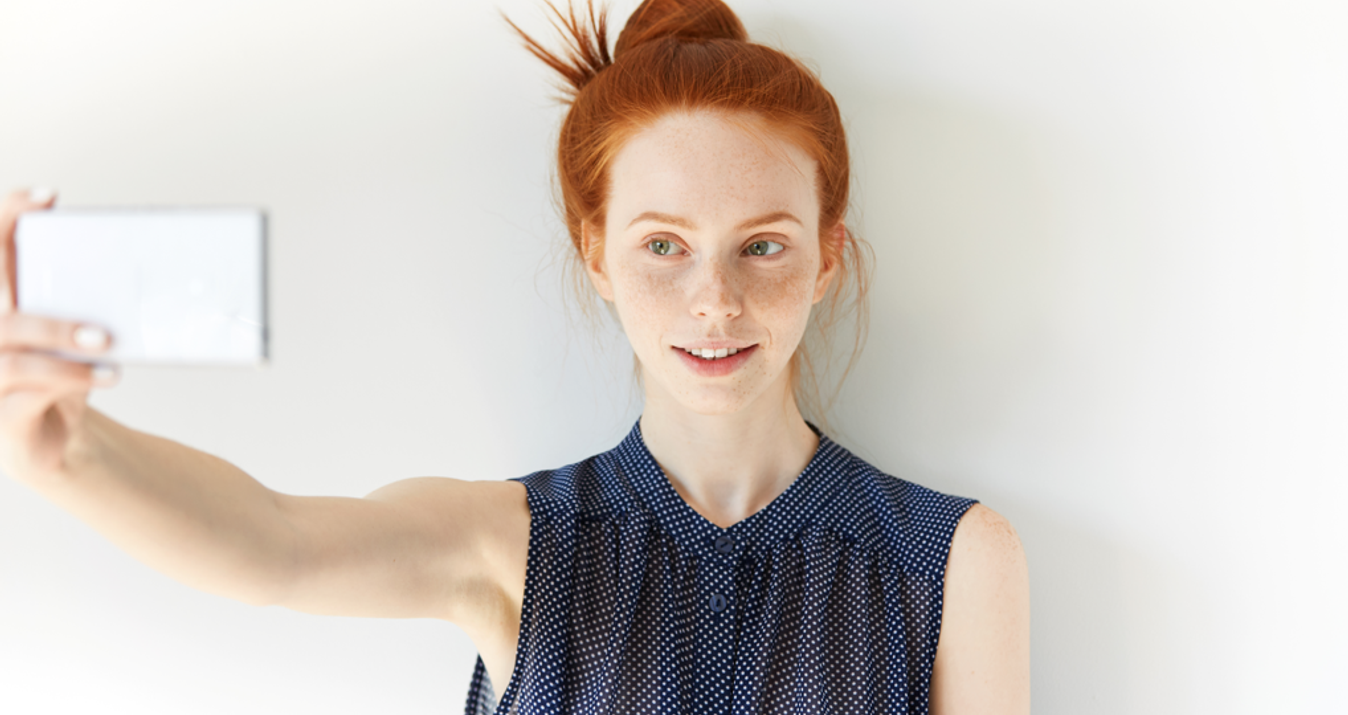5 Things to Think about when taking ANY Photo
May 25, 2016

Creating a masterpiece starts with long before you take the camera into your hands.
LIGHT AND SHADOW
If you want to take better photos, it is helpful to visualize your subject the way a camera does. Whether you are shooting in black and white or color, light and shadow are the main factors that bring an image to life. It’s easy to overlook either of these elements even though they are the building blocks to everything we see. If you have trouble identifying the way light and shadow bring depth to photography, I recommend practicing this simple technique.
Pick an environment where the mood is relatively dark with the exception of one fairly bright light source. A good example would be a park just after sunset. Find a park bench that has a street lamp nearby enough to illuminate a small surrounding area. Since shadow will be prevalent in this situation, any light on the park bench or surrounding elements of the scene will be easy to identify. There will be an obvious contrast between your shadow and light areas.Before shooting any images set your camera to capture in black and white. By stripping all color from your scene it will be easier to identify the light and shadow areas. To get the best results in this exercise I recommend shooting in manual mode. Now using your camera’s built-in light meter, expose for your source light (the street lamp). Frame your shot so that it captures the street lamp as well as the park bench and some of the surroundings such as nearby trees or bushes, trash can, etc.
To get the best results in this exercise I recommend shooting in manual mode. Now using your camera’s built-in light meter, expose for your source light (the street lamp). Frame your shot so that it captures the street lamp as well as the park bench and some of the surroundings such as nearby trees or bushes, trash can, etc.
Once you have taken the shot, look at the image on your viewfinder. Study how the only areas that are not very dark are where light is reflecting. Identify the gradient of light that starts at the brightest point of your image (the street lamp) and ends in shadow as it reaches the very darkest parts of your image. Suddenly what may have seemed mysterious makes sense now, right? The basic principles of ‘seeing’ rely on 2 basic elements, light and the absence of light.
Understanding what made this image so rich with contrast is key to taking better photos in any situation. This exercise will help train your brain to look for your light source and shadows even if you don’t have a camera with you. With a little practice, you will start seeing the world through this new perspective. In your mind, it will seem as if a veil has been lifted and everything in the world is brand new. This will invigorate your creativity and artistic sensibility, giving your images more confidence and depth.
DRAW FOCUS TO SUBJECT MATTER
Give a camera to 10 different people. Have them all take a photo of the same subject matter from a different angle. You will get 10 very different looking images of the same subject.
How you frame your shot can make or break an image. It’s not all about the rule of thirds either. There are many things to consider when trying to compose your image.
For instance, say you are taking a photo of a person in an urban area. To draw the viewers attention to your subject you can pick an angle that uses leading lines. A leading line is simply a background structure / object that subconsciously brings focus to the subject. You can use everything from buildings, streets, railroad tracks, skylines, etc. to create a path that leads to the subject. It’s a lot like ‘connect the dots’. Your subject is a dot. Frame the subject so that there is a line leading to them from another ‘dot’ in the image. This simple technique can make any image stand with confidence.

FEEL BEFORE YOU CAPTURE
It’s easy to get in the habit of looking for our next great shot while holding the camera to our eye. By doing this we are literally boxing ourselves in, missing the ‘bigger picture’. Remember, your camera is merely a tool. Your mind is the true artist. If you don’t feel inspired using your naked eyes, your camera isn’t going to capture anything worth remembering either.
I’m not saying that if you look around and nothing visually excites you then the environment is useless. A good photographer can take interesting photos no matter where they are. The key is cultivating interest by using your imagination first, shooting an image second. A quick exercise to help you ‘get in the moment’ is to simply take a quick look around you and then close your eyes. Try to picture the environment that surrounds you. Listen to the sounds, smell the air, feel the temperature of your body. Try and visualize anything that stands out in your memory from when you still had your eyes open.
After you feel centered with your surroundings, imagine the ideal finished image you are about to take. Once you have imagined something that feels worthy of hanging on your walls, open your eyes. You now have a rough blueprint in your head and can look at the scene in front of you with *intention*. No longer will you feel the need to take hundreds of random images with the hope of capturing something worth keeping. By taking a moment to visualize you will be saving time in the end. You will also gain a greater sense of pride in your work, knowing you crafted a moment with purpose.

TAMING DISTRACTIONS
It’s easy to overlook distracting elements when focusing on our subject. Unwanted clutter in an image can ruin a great shot or at the very least make post processing a nightmare.
Sometimes there is nothing we can do to keep clutter out of our images. Taking a few extra seconds to plan our shot can reduce problematic areas in most cases. Often we can clean up a shot by simply changing our angle a little bit. For instance, say I’m trying to shoot a photo in the countryside of a family enjoying a picnic. I want trees in the background because they help capture the mood of the environment surrounding my subjects. If my angle is poorly chosen, ‘Dad’ may look like a tree trunk is growing out of the top of his head.
By shifting my angle even a few inches or feet, I can adjust my perspective dramatically. Ideally I would want to make sure the tree is still in the background while leaving some open space around my subjects. Ask yourself what elements are most important in your shot to make sure nothing steals your subjects ‘focus’.

DOES YOUR IMAGE TELL A STORY WORTH TELLING?
I don’t care what you are taking an image of, it has to be able to tell a story. Even a simple portrait should conjure up an inner dialogue with the viewer. A good portrait needs expression of the face or character in the facial features to engage our imaginations. Portraits without purpose quickly fade in the mind of the viewer.
The same can be said for any type of image. The subject matter can be as simple or complex as you want. But if it doesn’t make a person feel something or think something, it’s not a very strong image. Like the old saying goes, ‘A picture is worth a thousand words’. Unfortunately, not every picture will live up to a thousand words. So if you are not able to feel something when you look at images you created, it’s likely that nobody else will either. Take pictures from the heart. Take risks and don’t be afraid to break the rules. Capture what most people see every day but fail to notice, that is where the magic lives!





